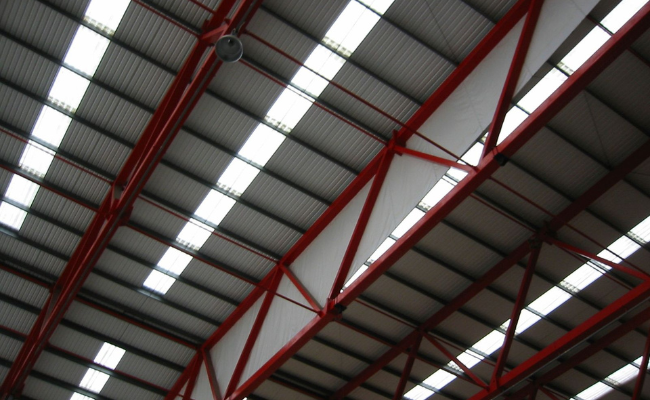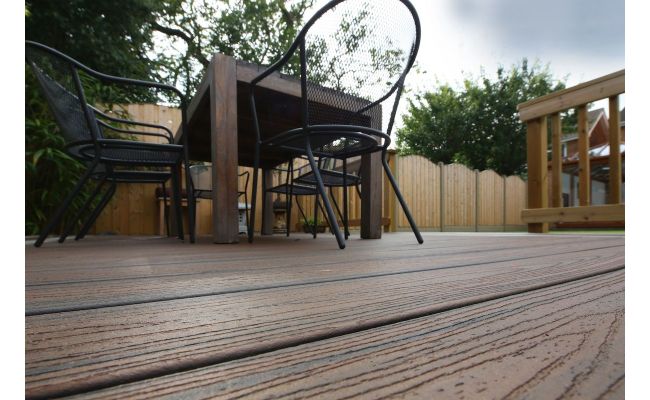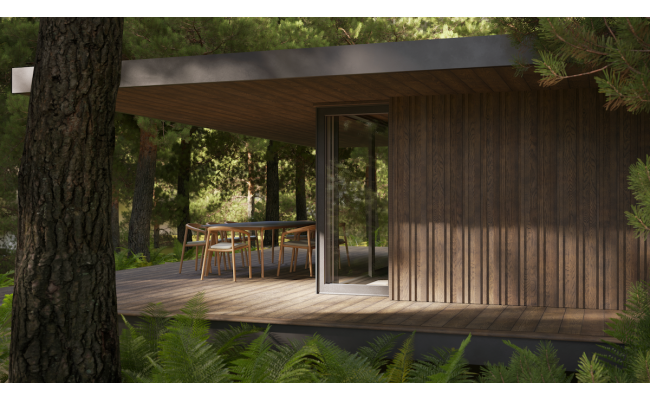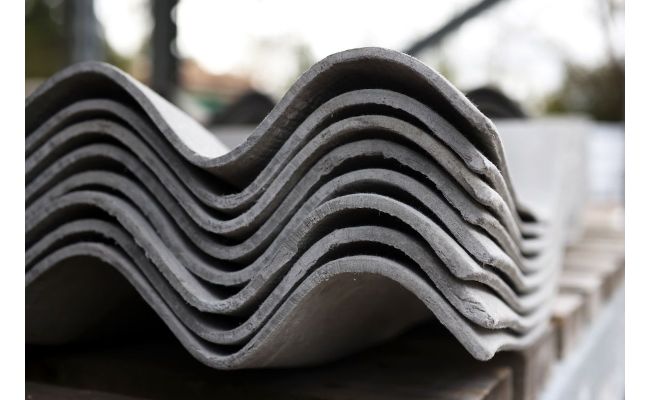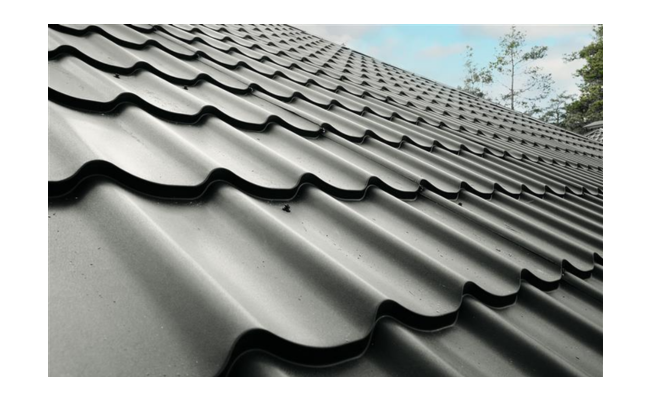Analysing the benefits of GRP fibreglass rooflights
In a world in which businesses are looking to save money on heating and lighting, not just for financial reasons but to help the planet too, GRP fibreglass rooflights are growing in popularity.
Rooflights are an easy way to allow natural daylight into a building and because the sheets allow 92 per cent light transmission, they can lead to significant savings in electricity bills.
Research also shows that natural light is better for workers and so could even have an impact on productivity, too.
Here are some of the key questions our customers ask when buying fibreglass rooflights:
Are fibreglass rooflights suitable for any building?
They are installed, most commonly, in warehouses and factories but are suitable for just about any building, including agricultural.
Do they come in different colours and styles?
Rooflights are available in almost all the profile shapes of other non-translucent roofing and cladding sheets (such as steel sheeting, fibre cement sheeting or composite panels) so they are easy to add to a roof or to incorporate into new-build structures. As for colours, the most popular are clear, white (opal 50), green and blue.
What are they made of?
They are manufactured using GRP (glass reinforced plastic). The technical term is UV-stabilised unsaturated polyester resin with glass fibre reinforcement. The surface is also coated with a highly UV-stabilised gelcoat later to decelerate sunlight degradation.
How much light do they allow in and what are the benefits?
Up to 92 per cent light transmission is possible, and the extra benefit is they allow light to be evenly spread throughout the building. There are none of the hot spots that come with other types of rooflights, such as PVC. They also provide UV protection and are cleanable.
What are the energy savings achievable when fibreglass lights are installed?
A saving of up to 40 per cent on energy savings is possible.
How many do I need?
This will depend on the height and use of the building, but between 10 and 20 per cent is usually recommended.
Could I cover an entire roof with fibreglass roofing?
It is certainly possible, although this may lessen the longevity of your roofing as the building would overheat because of the ‘greenhouse effect’. If growing plants, specialist sheets are available for horticultural roof glazing.
Are fibreglass rooflights suitable for coastal environments?
Fibreglass rooflights are designed to be weatherproof. However, some ranges of fibreglass rooflights, such as Filon’s Citadel range, are designed especially for harsh and corrosive environments.
Are they suitable for buildings used by animals?
Natural daylight has been proved to be good for animals as well as people. Some studies report that dairy herd cows even produce more milk when housed in buildings with high levels of natural daylight.
Do they need a lot of maintenance?
No, once fibreglass rooflights have been installed there is almost no maintenance required, apart from occasional cleaning.


